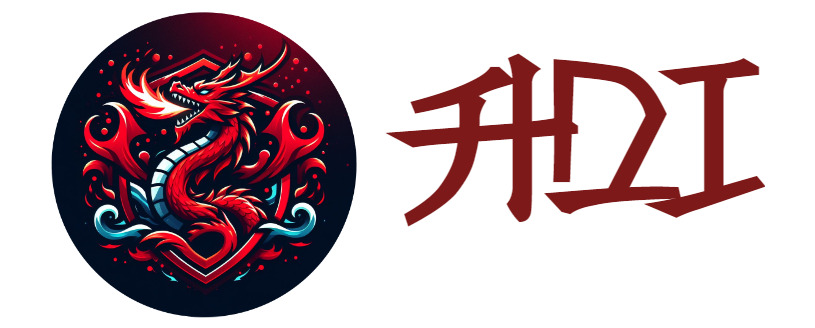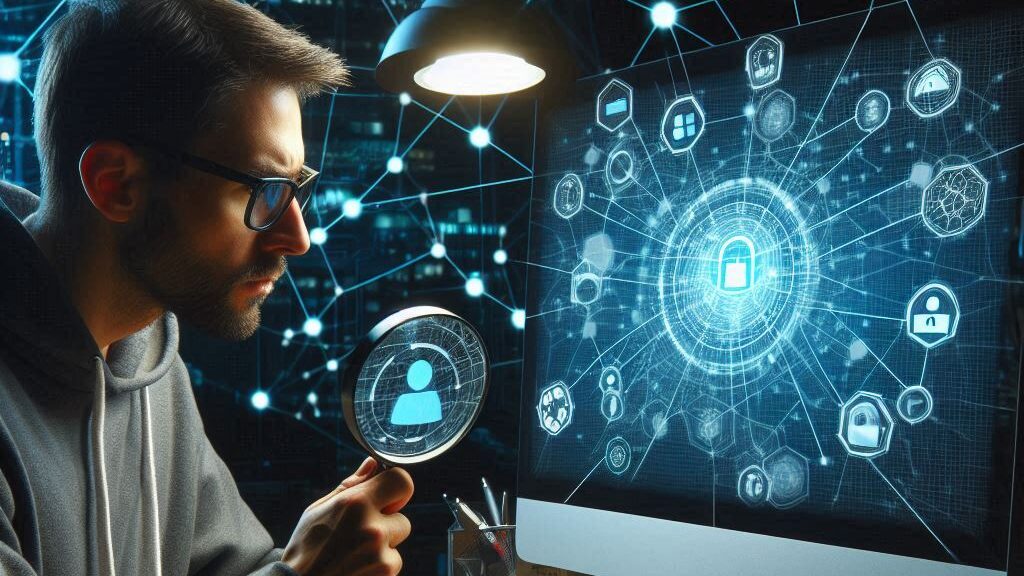The dramatic drive of the digital transformation in healthcare has managed to accommodate a new way of delivery, as well as getting involved with new cyber threats. It has become today a key concern to prevent leaks and availability of patient data and the whole healthcare operations. Next is a deep dive into the basic fundamentals of healthcare cybersecurity.
Table of Contents
Elements of Healthcare Cybersecurity
1. Protecting Patient Data
The first and undoubtedly important area of healthcare cybersecurity includes ensuring the data privacy of patients. The PHI and PII data elements constitute a security threat to healthcare institutions and hackers. Healthcare providers will have to come up with effective and strong policies and manage security to ensure this vulnerable patient data. Decryption, access permissions, and regular controls must be regarded as the essential components of a successful cybersecurity regime.
2. Securing Medical IoT Devices
The Internet of Medical Things (IoMT) is a concept based on the aggregation of all the existing smart devices and wearables in the healthcare industry. Ranging from infusion pumps, and heart monitors as well as air filtration and water purification pumps, among others, these devices perform a significant function in patient care. The very fact that they are being used to connect with digital spaces makes them prone to cybercriminals who can remotely hack into them. Healthcare institutes should take care that IoMT devices are secure, as well as check for any kind of breach regularly and monitor for any sign of compromise.
The Importance of Cybersecurity in Healthcare
Healthcare providers in different settings, such as hospitals, clinics, and practices, heavily utilize modern technology including digital systems for clinical, diagnostic, and administrative functions. Moreover, a failure in the computers supporting the power, HVAC, and communication systems has the potential to disrupt critical infrastructures. These cyber technologies being a vast aggregation provide a very suitable platform for cyber criminals to launch their attacks. Hackers either for financial gain or to cause disturbance of a system are an important threat to care continuity.
3. Threat Intelligence and Monitoring
The delivery of high-quality healthcare cybersecurity involves platforms that continuously observe and share intelligence in real time about threats. Here’s why:
- Real-Time Threat Detection: healthcare organizations should ensure the deployment of data monitoring tools that can detect unusual activities, anomalous occurrences, and possible breaches in real-time conditions. They assess, for instance, network traffic, system logs, user behavior, and any deviation from normalcy.
- Threat Intelligence Feeds: Subscribing to threat intelligence feeds, however, gives members access to these types of information which are relevant for the cumulative management of an organization against any new threats. The articles not only make the companies more knowledgeable and skillful but also enable them to tackle the cybersecurity risks ahead by acting proactively.
- Collaboration and Information Sharing: Healthcare entities must work hand in hand with similar institutions, government agencies, and specialists on cybersecurity. With this in mind, the dissemination of information on cyber threats and cyber defense standards becomes a very major theme.
4. Employee Training and Awareness
Human factors perfectly fit into this process hence making human error the biggest factor in cybersecurity incidents. Therefore, healthcare organizations must prioritize employee training and awareness:
- Phishing Awareness: Persistence of human factor and training on phishing email and social engineering methods is critical. Employees need to know how to detect obscure links, files, and content that contain personal or sensitive information.
- Password Hygiene: Staff should be educated regarding the crux of strong password principles which include creating unique passwords for different accounts, enabling multi-factor authentication (MFA), and not using the usual passwords.
- Data Handling: Workers should know the role they have in safeguarding any type of patient data. Proper data protective file sharing safety, and sticking to privacy policies are a must.
5. Incident Response Planning
Prevention is also the key because you do not want to encounter a cybersecurity incident. Healthcare organizations should have a well-defined incident response plan: Healthcare organizations should have a well-defined incident response plan:
- Roles and Responsibilities: Specifically identify each parentheses’ responsibilities within the incident response team. Here one can cite IT experts, legal practitioners, communication professionals, and the leaders of the organization.
- Incident Escalation: Determine the scenarios that will trigger the escalation of a crisis depending on its intensities. The speed of communication and how rapidly executive decisions are made are fundamentally important during security incidents.
- Testing and Drills: Shoulder to shoulder with the competent authorities, you should frequently perform tabletop exercises and simulated cyberattack drills. These enable tests that are both credible and allow one to define necessary changes.
6. Regulatory Compliance and Reporting
Healthcare cybersecurity exists close to regulations such as rules and standards. Organizations must comply with laws such as the Health Insurance Portability and Accountability Act (HIPAA) and the General Data Protection Regulation (GDPR):
- Risk Assessments: Continuous risk assessments are conducive to abiding by the regulation. Categorize weaknesses, estimate their potential effects, and plan remediation strategies by launching with priority.
- Breach Reporting: That is why in the event of a breach, healthcare organizations must immediately notify agencies, patients, and related parties that also handled the data at risk of disclosure. The law fulfillment must not be forgotten when breach notification laws are concerned.
7. Zero Trust Architecture
In the modern security paradigm, the zero trust model starts with the premise that implicit trust, even towards internal network users, is inappropriate. Here’s how it applies to healthcare cybersecurity:
- Micro-Segmentation: Network segmentation is fundamental for carrying critical systems into isolation and protecting sensitive data. Segmentation of the network, thus, will prevent perpetrators from moving unobserved horizontally.
- Identity-Based Access Control: From a practical standpoint of view the key idea of Zero Trust is identity-based access. Such organizations must use a higher level of authentication (for instance, MFA) and follow the principle of de minimis. Due to this, no users should be granted more than the permissions required for their job.
8. Medical Device Patch Management
Many medical devices utilize customized operating systems and firmware. The operating systems are tailored for the devices and the firmware is modified to operate them. Ensuring their security requires effective patch management:
- Regular Updates: Healthcare institutions have to track the latent weaknesses in devices and apply the fixes instantaneously. Latencies may result in the security of devices that are simply taking known vulnerabilities.
- Vendor Collaboration: A close partnership must be developed with medical equipment manufacturers to get the patches on time. While some devices have extended upgrades or replacement cycles in mid-life, organizations need to adopt strategies for securing legacy equipment.
9. Secure Telehealth and Remote Work
The rise of telehealth and remote work introduces new challenges: The rise of telehealth and remote work introduces new challenges:
- Secure Telemedicine Platforms: health care facilities will have to settle on a secure telehealth platform that must encrypt user data, properly authenticate users, and comply with privacy regulations. The privacy of television should be still maintained the same.
- Endpoint Security: Work from home, which has accelerated with the use of personal tools. Companies should require security provisions on employees’ devices such as anti-virus software, firewalls, and Virtual Private Networks (VPN).
10. Threat Hunting and Incident Response Automation
Proactive threat hunting helps identify threats before they escalate: Proactive threat hunting helps identify threats before they escalate:
- Behavioral Analytics: Apply more advanced analytics to detect abnormal changes in behavior. Use our AI to write for you about: Upgrade Your Customer Service with AI-Powered Chatbots: Deliver Instant, Personalized Support. With machine learning machines, deviations from a reference activity can be detected.
- Automated Incident Response: Using ticket rules, automate playbooks to quickly address the most frequent security incidents. These playbooks then can launch an execution to respond or isolate the compromised systems and notify the Incident Response Team, if needed.
Conclusion
To end with, cybersecurity is a necessity for health care. This means the patient’s information should be protected, IoT medical devices must be secured, and regulations need to be followed. Healthcare industry is a quickly changing field in the cybersecurity domain. Without proper mechanisms, patient safety can be threatened and there is a possibility of compromising here private medical information.




























































